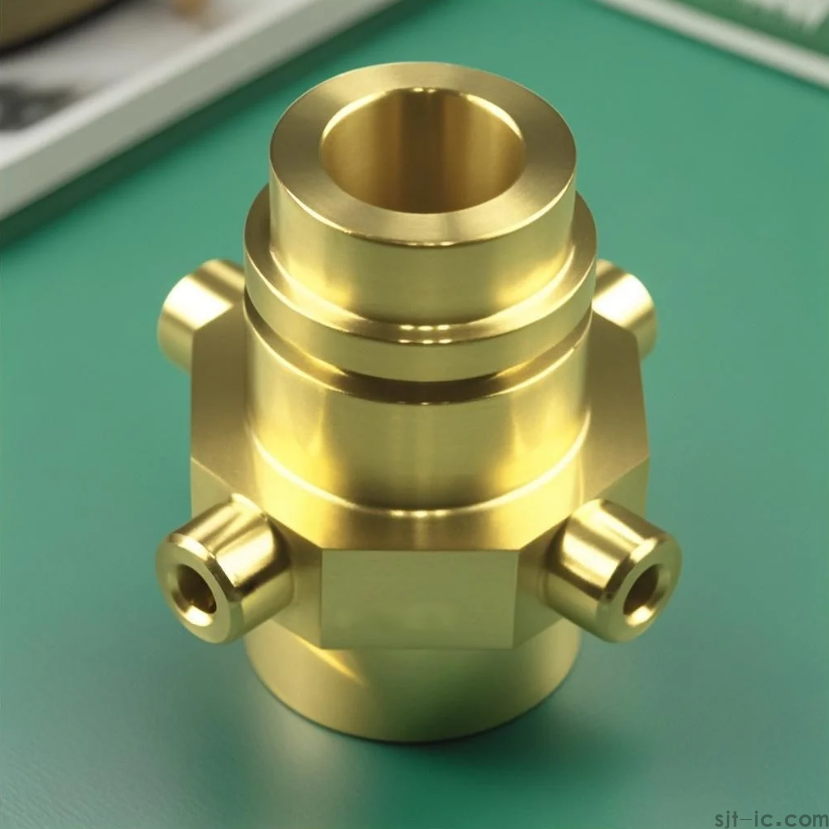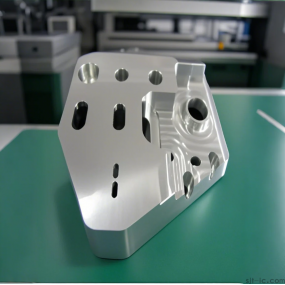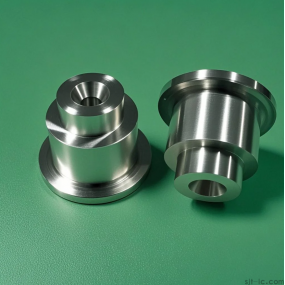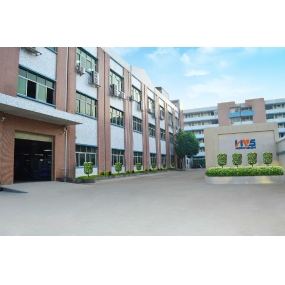I often receive private messages where many friends ask: how to choose the right material when doing bronze CNC Machining? 🤔 This is indeed a tricky problem. Choosing the wrong material will not only reduce the machining effect but also increase costs, and even lead to part scrapping. Don't worry. Combining years of experience, I will talk to you about how to make the selection.

Bronze is not a single material; it has many types, each with different properties. Common ones include tin bronze, phosphor bronze, aluminum bronze, as well as silicon bronze, manganese bronze, and so on. They have different compositions and vastly different characteristics. For example, tin bronze (such as B19, B25) has high strength, good wear resistance and corrosion resistance; while phosphor bronze (such as QSn6.5-0.1) has excellent fatigue resistance and good rigidity due to the phosphorus content, making it suitable for precision machining. Aluminum bronze (like CuAl12) is even more outstanding—it is very strong, highly corrosion-resistant (especially performing well in seawater), and also has good wear resistance.
So how to choose? In my opinion, first, you need to consider where your part will be used. Is it for a general environment, or a harsh environment like marine or aerospace? 😎 For instance, for corrosion-resistant parts on ships, aluminum bronze or certain brass may be more suitable; but for bearings and gears that require high strength, tin bronze or phosphor bronze may be better. Second, you should consider machinability. Lead-containing bronze (such as lead bronze) has very good machinability, a low friction coefficient, and can self-lubricate. However, if there are high environmental protection requirements, you may need to use environmentally friendly alternatives like bismuth bronze.
An experienced master from a manufacturer I collaborated with before said that they often use phosphor bronze for precision instrument parts because the machined parts have good surface quality and high precision. But some users also reported that although aluminum bronze has high strength, tool wear is faster during machining, so it is necessary to pay attention to cutting parameters and cooling. 💡 Therefore, it's not that the expensive one is good; the suitable one is the most important.
Another point: don't forget the cost. The prices of different bronzes vary greatly, so you have to balance between performance and budget. For example, for non-critical components, if plastic or other materials can meet the requirements, there may be no need to use high-performance bronze.
In short, you shouldn't choose materials blindly. You should communicate more with machining service providers—they have rich experience and can give you professional suggestions. For example, some professional manufacturers will use spectrometers to detect the composition of raw materials to ensure the materials are qualified, which can greatly avoid problems. I hope this helps you! If you have specific needs, it's best to consult professionals. 👍
Do you want me to sort out a Bronze Material Type and Machining Application Matching Checklist? It will help you quickly find the most suitable bronze material for different CNC machining scenarios.


 Spanish
Spanish Arabic
Arabic French
French Portuguese
Portuguese Belarusian
Belarusian Japanese
Japanese Russian
Russian Malay
Malay Icelandic
Icelandic Bulgarian
Bulgarian Azerbaijani
Azerbaijani Estonian
Estonian Irish
Irish Polish
Polish Persian
Persian Boolean
Boolean Danish
Danish German
German Filipino
Filipino Finnish
Finnish Korean
Korean Dutch
Dutch Galician
Galician Catalan
Catalan Czech
Czech Croatian
Croatian Latin
Latin Latvian
Latvian Romanian
Romanian Maltese
Maltese Macedonian
Macedonian Norwegian
Norwegian Swedish
Swedish Serbian
Serbian Slovak
Slovak Slovenian
Slovenian Swahili
Swahili Thai
Thai Turkish
Turkish Welsh
Welsh Urdu
Urdu Ukrainian
Ukrainian Greek
Greek Hungarian
Hungarian Italian
Italian Yiddish
Yiddish Indonesian
Indonesian Vietnamese
Vietnamese Haitian Creole
Haitian Creole Spanish Basque
Spanish Basque











